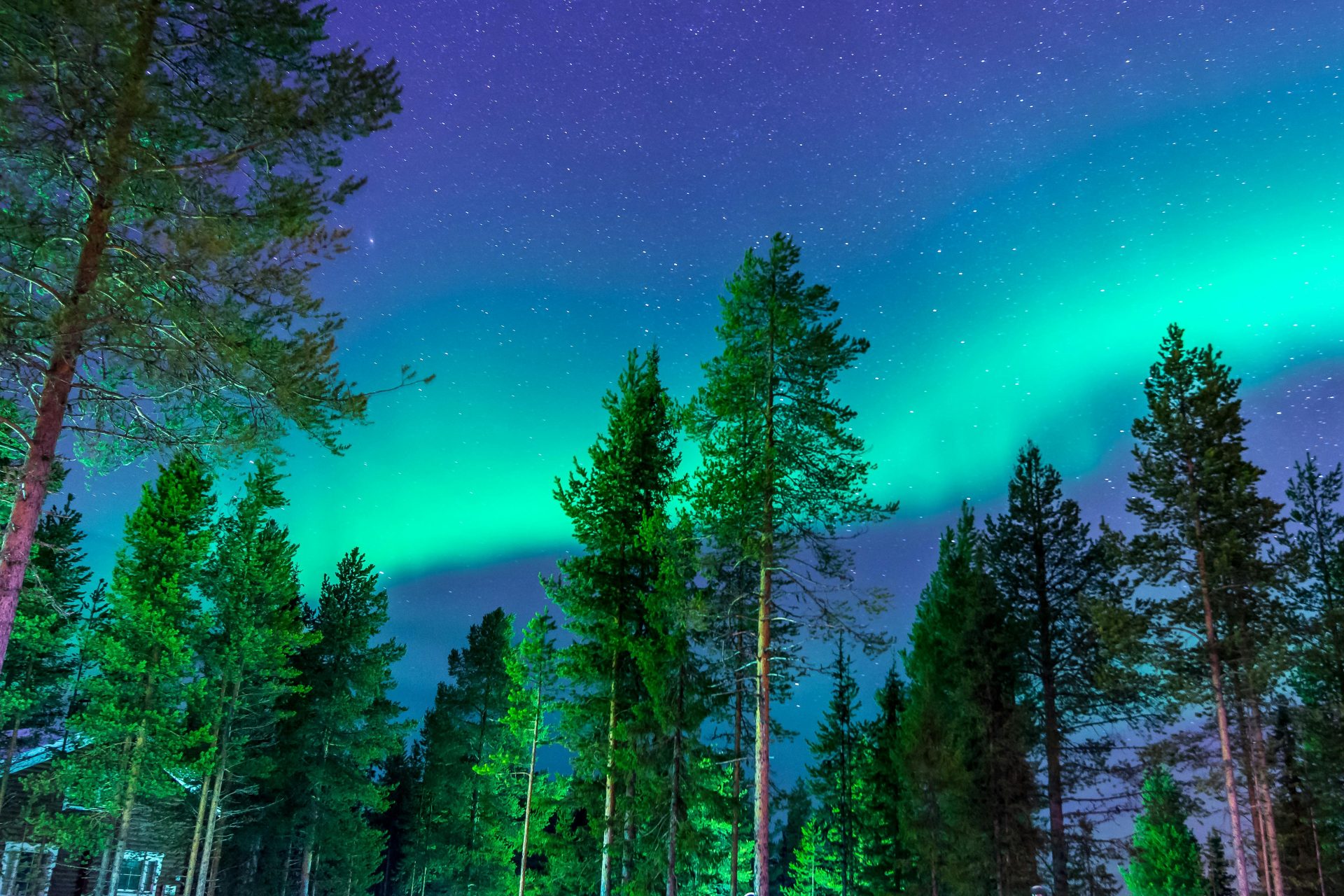Top Safety Tips for Hiking in Remote Areas

Before diving in, please note: This post is for informational purposes only. If you’d like to know more about how we approach topics, feel free to check out our friendly Disclaimer Page.
Hey there, amazing readers! 🖐️ Just a quick note: yes, we know there are a lot of ads here. Trust us, we get it—it’s not the prettiest look, but they help us keep this blog alive and kicking. Those pesky little ads cover the costs of all the behind-the-scenes magic, from hosting and tech stuff to creating content we hope you’ll love.
We’re committed to delivering quality posts, and your support (even just sticking around despite the ads) means everything to us. So, bear with us, and thanks for helping us keep the good vibes rolling. Now, on to the fun stuff! 😉
TRANSLATE BUTTON AT THE END OF THE ARTICLE
Hiking in remote areas can be a thrilling adventure, offering breathtaking views and a chance to connect with nature.
However, it also comes with unique challenges and risks that require careful planning and awareness.
Whether you’re an experienced hiker or a novice exploring off the beaten path, prioritizing safety is essential for a successful journey.
Here are some top safety tips to ensure your hiking experience in remote areas is both enjoyable and secure.
1. Plan Your Route Thoroughly
Before setting out on your hiking adventure, take the time to plan your route in detail.
Here are some essential steps to follow:
Research the area: Familiarize yourself with the terrain, weather conditions, and any potential hazards such as wildlife or unstable paths.
Local hiking guides or park websites can provide valuable information.
Use reliable maps and GPS: Carry a topographic map of the area and consider using a GPS device or a reliable hiking app on your smartphone.
Make sure you know how to navigate using both.
Inform someone of your plans: Share your itinerary with a trusted friend or family member, including your planned route and expected return time.
This way, someone will know if you don’t return as scheduled.
I once had a friend get lost in a remote area because he didn’t have a detailed map.
Since then, I’ve always made sure to have both a physical map and GPS on hand!
2. Dress Appropriately for the Environment
Wearing the right clothing and gear is crucial for staying safe and comfortable during your hike.
Here are some tips to consider:
Choose moisture-wicking fabrics: Opt for breathable, moisture-wicking clothing that helps keep you dry and comfortable.
Avoid cotton, as it retains moisture and can lead to chills.
Layer your clothing: Dress in layers to adapt to changing temperatures.
Start with a moisture-wicking base layer, add an insulating layer, and finish with a waterproof and windproof outer layer.
Wear sturdy footwear: Invest in a good pair of hiking boots that provide ankle support and grip.
Comfortable, well-fitted shoes can make all the difference, especially on rugged terrain.
During one hike, I forgot to bring an extra layer and ended up shivering for hours.
Now, I always pack an extra layer, no matter the season!
3. Stay Hydrated and Nourished
Proper hydration and nutrition are key to maintaining your energy levels during a hike.
Here’s how to stay fueled:
Carry enough water: Bring more water than you think you’ll need, especially if hiking in remote areas where water sources are scarce.
A good rule of thumb is to drink about half a liter of water for every hour of moderate activity.
Pack nutritious snacks: High-energy snacks, such as trail mix, energy bars, or dried fruit, are great options to keep your energy up during your hike.
Consider a portable water filter: If you’re hiking for an extended period, a portable water filter can allow you to purify water from natural sources, ensuring you stay hydrated without carrying excessive weight.
I learned the hard way that running out of water can ruin a hike.
Now, I always pack extra water and snacks!
4. Understand the Wildlife
When hiking in remote areas, understanding the local wildlife can help you stay safe.
Here’s what to keep in mind:
Know the animals in the area: Research the wildlife you may encounter, such as bears, snakes, or other potentially dangerous creatures.
Familiarize yourself with their behaviors and how to react if you see them.
Store food properly: Use bear-proof containers or hang your food high in trees if you’re in bear country.
Keeping food secured minimizes the chance of attracting wildlife to your campsite.
Make noise while hiking: If you’re in an area known for wildlife, talk or sing while you walk to alert animals of your presence.
This can help avoid surprising them.
One time, we spotted a bear while hiking, but we had been making noise the whole way, and it quickly moved away.
Awareness is key!
5. Know How to Handle Emergencies
Even with the best planning, emergencies can happen.
Being prepared is essential.
Here’s how to equip yourself:
Carry a first aid kit: Pack a well-stocked first aid kit that includes essentials like bandages, antiseptics, pain relievers, and any personal medications.
Know basic first aid: Familiarize yourself with basic first aid techniques, such as treating cuts, burns, or sprains.
This knowledge can be invaluable in an emergency.
Learn about local emergency services: Research how to contact local authorities in case of an emergency.
Familiarize yourself with the emergency numbers for the area you’ll be hiking in.
During a recent hike, one of my friends twisted her ankle.
Thanks to our first aid training, we were able to stabilize her ankle and get her back safely.
6. Stay Aware of Weather Conditions
Weather in remote areas can change rapidly, so staying informed is vital.
Here are some strategies to manage weather risks:
Check the forecast: Before heading out, review the weather forecast for the day and the following days.
Pay attention to any potential weather warnings or changes.
Be prepared for changes: Always pack extra clothing and gear for unexpected weather changes, such as rain jackets, warm layers, and emergency blankets.
Know when to turn back: If conditions become dangerous, such as sudden storms or visibility issues, be prepared to turn back.
It’s better to cut your hike short than risk getting caught in hazardous weather.
I once found myself caught in a sudden downpour during a hike.
Fortunately, I had packed an extra rain jacket and was able to stay dry!
7. Follow Leave No Trace Principles
Respecting nature is essential, especially when hiking in remote areas.
Here’s how to minimize your impact:
Stay on marked trails: Stick to established trails to minimize damage to the ecosystem and avoid getting lost.
Pack out what you pack in: Carry out all trash, food scraps, and personal items.
Leaving no trace helps preserve the beauty of the area for future hikers.
Leave natural objects untouched: Avoid picking plants or disturbing wildlife.
This helps maintain the natural balance of the ecosystem.
Following Leave No Trace principles has made my hiking experiences more rewarding.
Knowing I’m helping protect nature adds to the joy of being outdoors!
8. Hike with a Buddy
Hiking with a companion is not only more enjoyable but also safer.
Here are some benefits of hiking with a buddy:
Enhanced safety: Having someone with you means there’s someone to help in case of an emergency, whether it’s a minor injury or getting lost.
Shared experiences: Hiking with a friend or family member allows you to share the adventure, create memories, and motivate each other along the way.
Accountability: Having a hiking partner encourages both of you to stay focused on safety and follow planned routes.
One of my favorite hikes was with a close friend.
We encouraged each other and shared laughs along the way, making the experience even more memorable.
9. Know Your Limits
Understanding your physical limits is crucial for a safe hiking experience.
Here’s how to assess your capabilities:
Evaluate your fitness level: Be honest about your fitness level and choose hikes that match your abilities.
It’s better to start with easier trails and work your way up.
Listen to your body: Pay attention to how you feel during your hike.
If you’re fatigued or experiencing pain, it’s okay to turn back or take a break.
Don’t push yourself: Resist the urge to keep up with more experienced hikers.
Hiking should be enjoyable, not a race!
After pushing myself too hard on a challenging trail, I learned to recognize my limits.
Now, I always pick trails suited to my ability and listen to my body.
10. Enjoy the Journey
Finally, remember to take a moment to appreciate the beauty of your surroundings.
Hiking is not just about reaching the destination; it’s about enjoying the journey.
Here are some tips to make the most of your experience:
Take breaks: Stop to rest, hydrate, and soak in the views.
Taking breaks allows you to recharge and appreciate nature’s beauty.
Capture memories: Bring a camera or use your phone to capture stunning scenery and special moments along the way.
Connect with nature: Take time to observe wildlife, listen to the sounds of nature, and truly immerse yourself in the experience.
One of my best hikes was when I took the time to enjoy the surroundings.
It was refreshing to pause and appreciate nature instead of rushing through!
Conclusion
Hiking in remote areas can be an exhilarating experience, providing a chance to disconnect from daily life and connect with nature.
By planning your route, dressing appropriately, staying hydrated, and being prepared for emergencies, you can ensure a safe and enjoyable adventure.
Remember, safety should always be a top priority, allowing you to focus on the beauty and joy of hiking.
So gear up, hit the trails, and enjoy the great outdoors!
Happy hiking!

The Enlightenment Journey is a remarkable collection of writings authored by a distinguished group of experts in the fields of spirituality, new age, and esoteric knowledge.
This anthology features a diverse assembly of well-experienced authors who bring their profound insights and credible perspectives to the forefront.
Each contributor possesses a wealth of knowledge and wisdom, making them authorities in their respective domains.
Together, they offer readers a transformative journey into the realms of spiritual growth, self-discovery, and esoteric enlightenment.
The Enlightenment Journey is a testament to the collective expertise of these luminaries, providing readers with a rich tapestry of ideas and information to illuminate their spiritual path.
Our Diverse Expertise 🌟
While our primary focus is on spirituality and esotericism, we are equally passionate about exploring a wide range of other topics and niches 🌍📚. Our experienced team is dedicated to delivering high-quality, informative content across various subjects ✨.
To ensure we provide the most accurate and valuable insights, we collaborate with trusted experts in their respective domains 🧑🏫👩🏫. This allows us to offer well-rounded perspectives and knowledge to our readers.
Our blog originally focused on spirituality and metaphysics, but we’ve since expanded to cover a wide range of niches. Don’t worry—we continue to publish a lot of articles on spirituality! Frequently visit our blog to explore our diverse content and stay tuned for more insightful reads.





